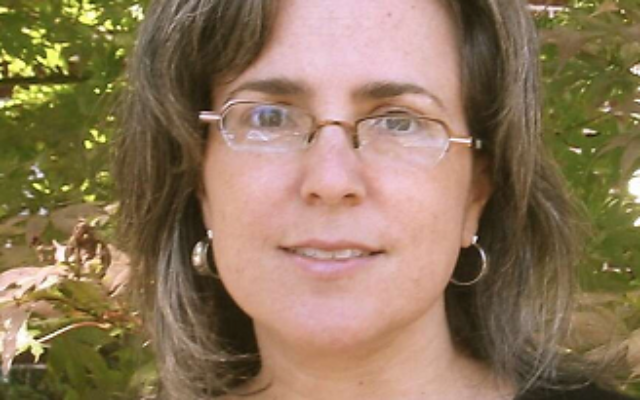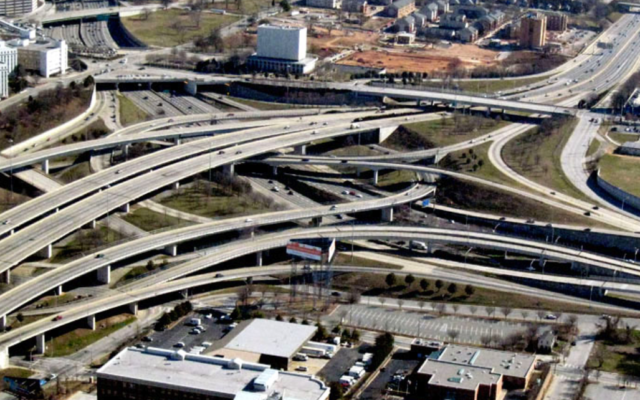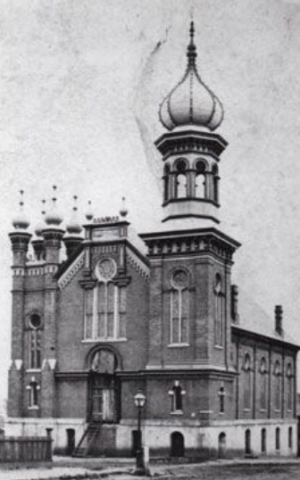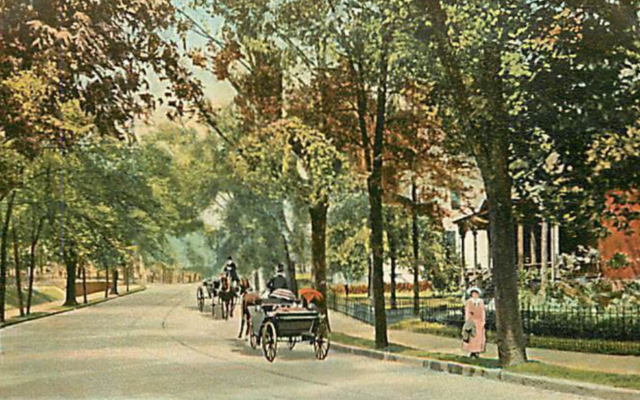Washington Street Early in Its History
The birthplace of what became a thriving Jewish community in Atlanta ceased to exist as the city grew.
The hundreds of thousands of people who speed through downtown Atlanta in their automobiles each day hardly give it a glance, but Washington Avenue, which lies just south of the I-20 interchange and the state capitol, was once among the city’s most desirable neighborhoods. In the later decades of the 19th century, it was home to some of the most important people in Atlanta and an important center of Jewish life.
The city’s first synagogue, the impressive Hebrew Benevolent Congregation, later known simply as The Temple, with its onion-shaped domes, opened nearby in 1878. Its congregants were German-speaking Jews who had prospered after the end of the Civil War in 1865. One of them, David Mayer, was a founder and longtime member of the City of Atlanta school board. Another was the first Deputy Mayor of Atlanta. Several German Jews helped found Grady Hospital.
Later in the 19th century and early decades of the 20th century, as poor, Yiddish-speaking Russian Jews crowded into the surrounding downtown neighborhood, the more prosperous Temple members were there to help. The streets on Atlanta’s Southside around Washington Avenue became a cradle of local Jewish life.

It is the story of the growth of that community and how it changed and prospered that has fascinated Georgia State University history professor Marni Davis. She is writing a book with the working title of “Southsiders” about what she calls the Washington-Capitol corridor.
“What I’m writing is sort of a social geography of who was in the Southside, how that changed and why. And the ‘why’ is going to investigate not just the policymakers at the municipal level, but also the institutions that are responding; the neighborhood organizations that bring resources and services to the neighborhood.”
As waves of poor, Yiddish-speaking Jews poured into the city around the turn of the 20th century, Washington Avenue developed to serve their needs. The Ahavath Achim Synagogue, which was founded in the mid-1880s on Gilmer Street as an Orthodox synagogue, later became affiliated with the Conservative movement. It moved to Washington Street in 1921. Just a year earlier, the Jewish Educational Alliance was built nearby on Capitol Avenue to help the new arrivals learn to adjust to American life.

Surrounding these important early institutions were streets that began to accommodate a growing number of Jewish merchants. Mark Bauman, a leading historian of Jewish Atlanta, has commented that you could buy anything from Jewish merchants in the first years of the 20th century. They sold everything from barley and malt for dairy cows to straw hats, paper goods, and bedsprings for the city’s rapidly growing population.
Davis has compiled a fascinating website devoted to one street in the neighborhood, with its grocers, butchers, bakers and ice cream makers. Many of them were Ashkenazic Jews who had come from Russia or were Sephardic Jews who had come from Turkey or the Greek island of Rhodes in the eastern Mediterranean.

If you needed a prominent attorney, or banker or real estate developer, they were there, too, the well-established German Jews of The Temple. All of them living and often working together on the Southside, but, as Davis points out, with a certain sense of separation between them.
“You had these three groups of Jews who interacted at a certain level and didn’t interact at another level, particularly socially. You had AA synagogue for the Eastern European Jews. You had The Temple for the German Jews. And there was Or VeShalom synagogue, which was started for the Sephardic Jews. So that they, in a sense, mingled, but they also stayed apart.”
As the city grew and the Jewish residents prospered, they bought automobiles and became more mobile. They built homes near Ponce de Leon Avenue and further north in the city.
By the 1950s, all those automobiles played a major role in finishing off what was left of the old neighborhood. The interstate highway system carved up downtown Atlanta during the mid-20th century and the I-75 and I-85 downtown connector paved over large sections of what had once been such a thriving Jewish community. Much of it is simply gone, vanished. It’s part of the reason Davis is writing her book.
“The old neighborhood is just no place. It’s just a road for cars to go quickly…and the more that I learned about what had been there, the more I felt like it was incumbent upon the local Jewish community to know more about that. I think it’s an important part of how Atlanta’s Jewish community understands how they fit into the larger story of Atlanta’s development.”




comments